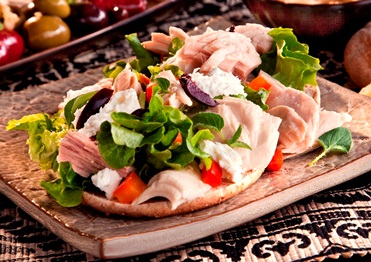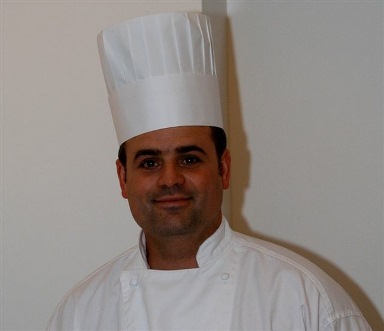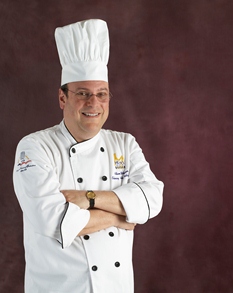So Long, and Thanks for All the Filet-O-Fish
Thursday, 28 July 2011 10:11
 Total and fried seafood servings at restaurants are on the decline, but non-fried seafood consumption is increasing.
Total and fried seafood servings at restaurants are on the decline, but non-fried seafood consumption is increasing.
The decline in seafood servings at U.S. restaurants has less to do with natural and man-made disasters like the Gulf oil spill and more to do with the economy and price, according to The NPD Group, a leading market research company. NPD's foodservice market research finds that total seafood and fried seafood servings have been declining for several years, while servings of non-fried seafood have increased over the last two years.

 The egg market shows no signs of cracking in the current economy, says Mintel. And most consumers disagree that organic eggs are healthier.
The egg market shows no signs of cracking in the current economy, says Mintel. And most consumers disagree that organic eggs are healthier. With more than 30 years in the business, Chef Philip DeMaiolo of New York’s Pier Sixty and The Lighthouse thrives under the pressure of making each event memorable.
With more than 30 years in the business, Chef Philip DeMaiolo of New York’s Pier Sixty and The Lighthouse thrives under the pressure of making each event memorable. Diversity, exercise and focus are three areas that educators can capitalize on in the remaining summer months.
Diversity, exercise and focus are three areas that educators can capitalize on in the remaining summer months. Chef Weiner suggests five steps to help students overcome their reticence toward baking.
Chef Weiner suggests five steps to help students overcome their reticence toward baking.